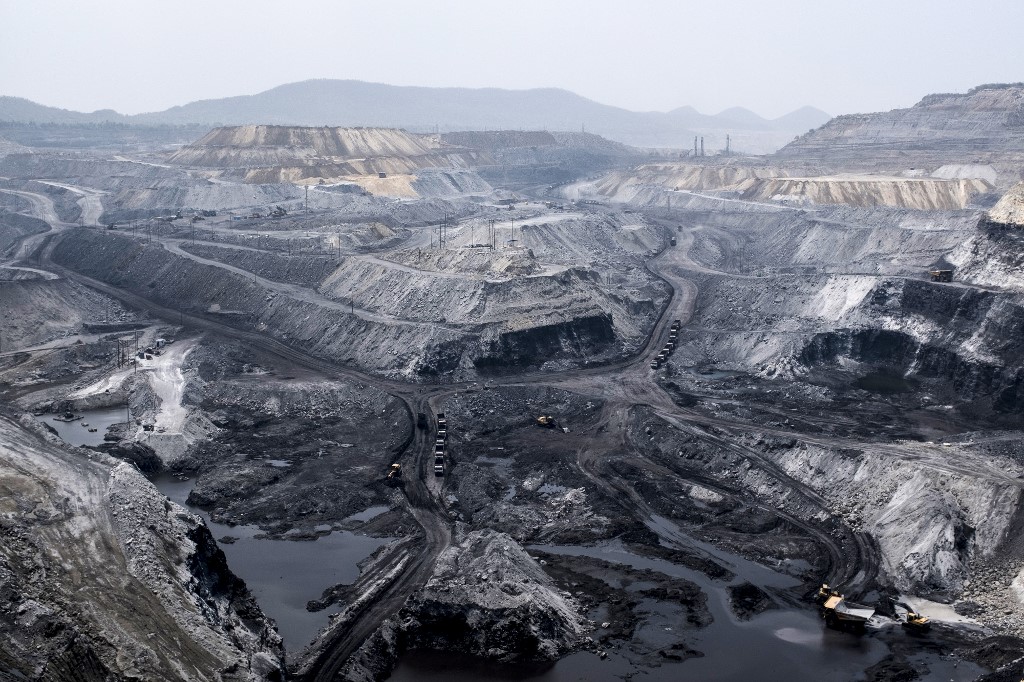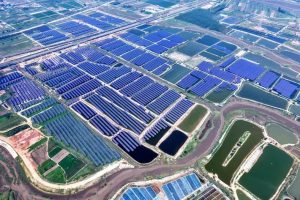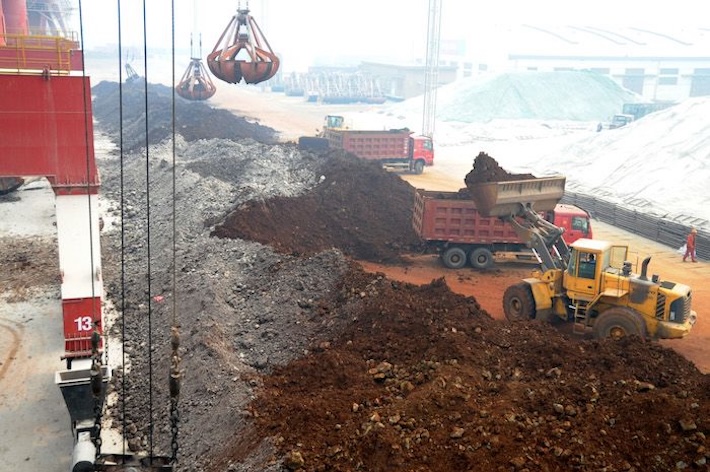(ATF) The world’s biggest coal miner and India’s largest greenhouse gas emitter Coal India Ltd (CIL) is set to diversify into non-coal mining areas as well as making major investments in clean coal technology, as the company tries to move away from fossil fuels, Indian Coal Secretary Anil Kumar Jain said over the weekend.
The state-run company will also invest in aluminum, and renewables, he said, adding that it will still invest heavily to increase coal production and would likely go ahead with its agenda of producing 1 billion tonnes by 2023-2024.
The news comes a month after CIL first announced that it was going to enter the renewables sector by investing some Rs 5,650 crore (about US$770 million) to build 3,000 megawatts (MW) of solar power projects.
Global coal consumption, for its part, is projected to drop by at least 5% this year due to economic headwinds from the Covid-19 pandemic, according to the International Energy Agency (IEA). From 2018-2020, global coal usage also declined as countries around the world shifted to cleaner sources of energy. However, next year global demand for the world’s dirtiest burning fossil fuel is projected to make a strong comeback of around 2.6%.
Questionable motives
Jain’s statements prompt one important question: How can India, the world’s second largest coal consumer and producer, reach a greener footprint while it still plans to ramp up coal investment and production?
The quandary intensified earlier this year when New Delhi passed a bill that removed end-use restrictions for participating in the country’s coal mine auctions and fully opened up the sector for both private domestic and global companies.
Pralhad Joshi, India’s Minister of Coal, Parliamentary Affairs and Mines, said at the time that the new law would help bring in much-needed FDI to its coal and mining sector and help boost the economy. He added that the bill was important as India should be using its own natural reserves, instead of importing expensive coal.
“We have to produce coal and reduce imports,” he said, adding that more domestic output would lead to more electricity generation and also cut the oil import bill. India has one of the largest reserves of coal in the world and if it is not mined, it would turn into “mud,” he said.
In July, New Delhi announced the auction of 38 new coal mines with an annual production capacity nearly one third of current national total output. It also reduced upfront payments, relaxed payment schedules and offered rebates in revenue shared with the government for early coal production. Indian Prime Minister Narendra Modi said at the time that he wanted the country to become a net coal exporter.
In November, the government also announced that 19 mines were successfully auctioned to private investors, highlighting that it would bring around Rs 7,000 crore to state coffers.
Yet, whether a net coal exporter or not, it’s difficult to fit India’s coal resurgence into its plan to not only adhere to its commitments under the 2015 Paris Climate Accord but to actually exceed those pledges. Moreover, the health and environmental impact of coal mining includes problems such as land use, waste management, as well as air and water pollution.
Conflicting narratives
Modi also said in October that India would become the major driver of global energy demand in the years to come, but would also hold down carbon emissions even as its power consumption soared. He pegged his ambitions on increasing natural gas, mostly imported liquefied natural gas (LNG), as part of the country’s energy mix from a current 6.2% to 15% by 2030, in addition to renewables, particularly wind and solar, increasing to 175 gigawatts (GW) by 2022 and 450 GW by 2030.
The country also aims to have greater reliance on domestic sources of bio-fuels, increasing the contribution of electricity to decarbonize mobility, moving into alternative fuels, including hydrogen, and digital innovation across all energy systems.
However, India’s rapid increase in electricity usage to drive its economic growth has largely been fueled by coal, the dirtiest burning fossil fuel but the cheapest and preferred method of power production in the Asia-Pacific region. Thermal coal-fired power plants generate around 65-70% of India’s electricity annually.
As such, much of India’s ability to meet increased electricity demand while keeping Modi’s pledge of less carbon intensity will depend on how quickly and efficiently it can phase out coal’s dominance in its energy mix and replace them with renewable sources and LNG.
This is what puts New Delhi’s pro-coal agenda at odds with its plan to reduce its GHG emissions. At the end of the day, both coal production and domestic usage has to be reduced.
Jain did at least address environmental concerns over continued investment in India’s coal sector, stating that the creation of a Sustainable Development Cell (SDC) was another achievement of the coal ministry, adding it would ensure CIL and other companies maintain environmental standards.
New Delhi created its SDC in 2019 to help promote environmentally sustainable coal mining and address environmental concerns during the decommissioning or closure of mines. The cell also formulates policy framework for the environmental mitigation measures, including a mine closure fund.























